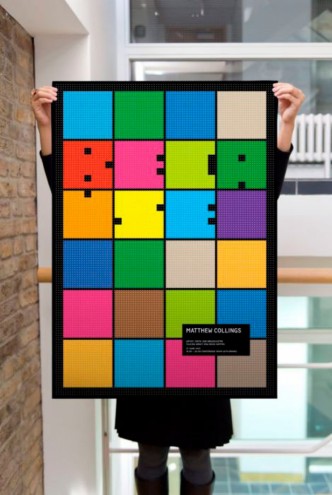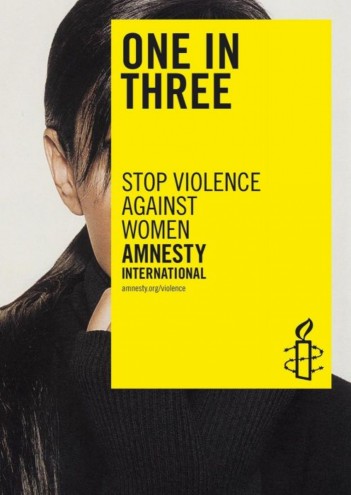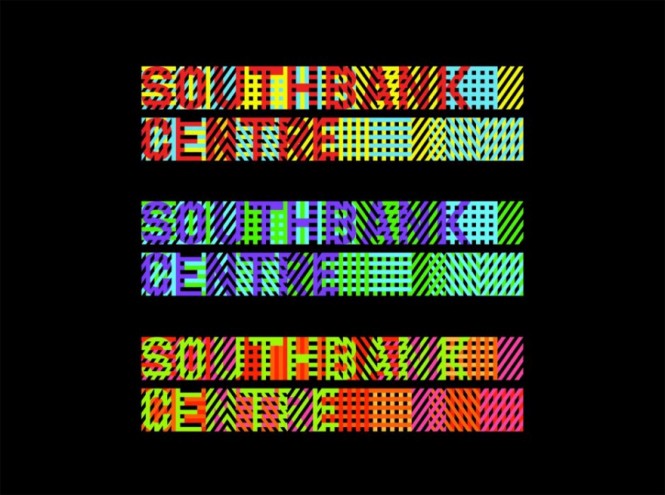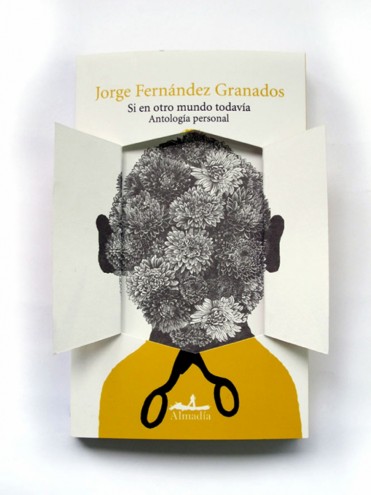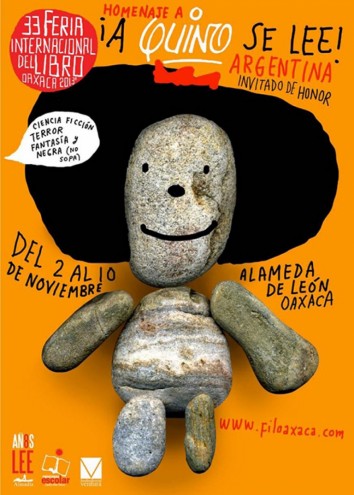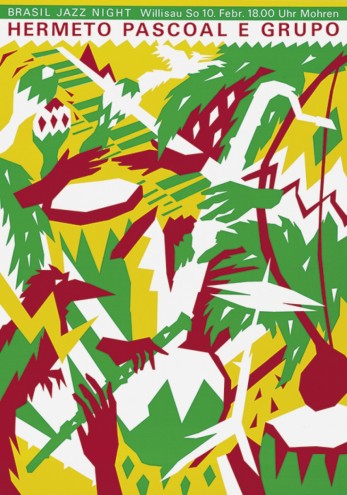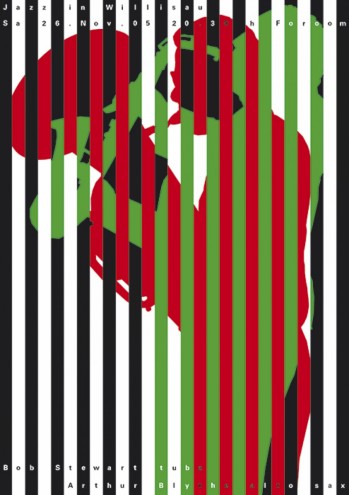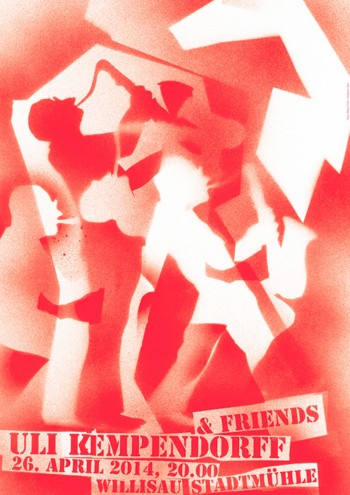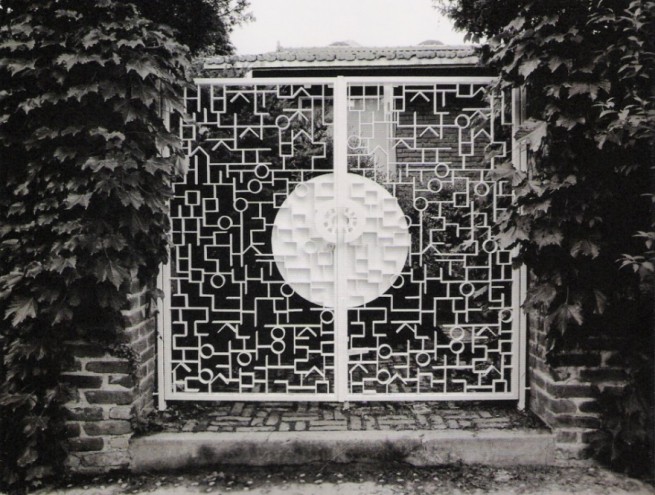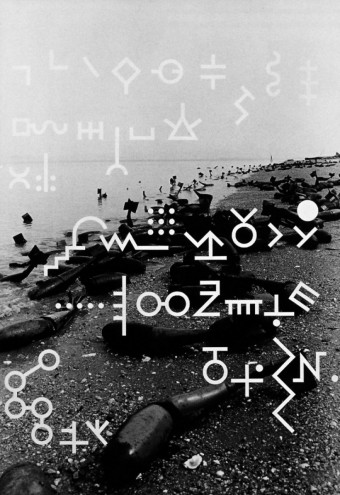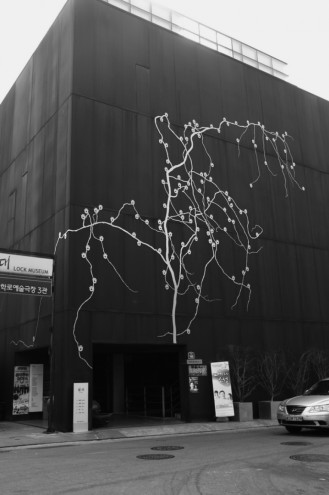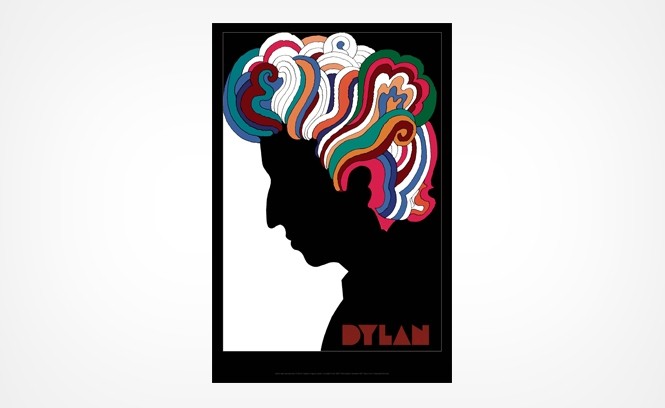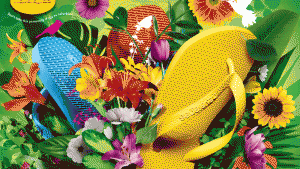From the Series
“We are surrounded by too much visual noise,” said Norwegian graphic designer and book publisher Lars Mueller on opening AGI Open 2014 in São Paulo, Brazil. This year's conference of the Alliance Graphique Internationale, of which Mueller is president, put the focus on creative mechanisms to cope with the visual excesses of today’s society. The 26 designers on the programme shared their everyday challenges negotiating the realities of being a professional designer and staying connected with their own creativity.
“We designers love everything pretty. We love colours, control, tidiness – but the world is not like this,” said Marina Willer, a Brazilian designer based in London and a partner at Pentagram.
On sharing her creative process, she confessed to enjoy losing control.
The world is out of control. I am fascinated by it and by finding inspiration on what escapes the designer’s control, said Willer.
Opening up her creative universe, she stressed the importance of loosening imposed criteria to find your own voice. “It is wonderful when kids express themselves with no rules, no references. We must have the capacity to use a grid, but also explode as creative,” she added.
Swiss designer Niklaus Troxler went one step further, drawing a direct link between the joy of his personal side-projects and his paid-for jobs. “To me, it is very important to constantly do free work, outside commissioned work. On my travels, I work on sketches and illustrations. It gives me pleasure and new ideas to create identities for my work.”
Troxler, who is a jazz aficionado, was the first of many to talk about the value of spontaneity. “Sometimes we work too much on one design and it looks overworked. I like sketches because they are fresh and spontaneous.”
The unpredictability of the creative process is what fuels Mexican designer Alejandro Magallanes. His poster designs over the past 20 years, made to promote Mexico’s film industry worldwide, are notable for their hand-made, do-it-yourself aesthetic. Drawing a lot on imagery with a Mexican heritage, he was once criticised for not being contemporary enough – but this, he said, only gave him more strength to be a provocateur and a thinker.
I like to think that the process belongs to us. The process makes us learn. We will never be the same after that, said Alejandro.
The Korean designer Ahn Sang-Soo concurred about the innate process of creativity. “Creativity comes from the hand. We cannot avoid the computer, but we must know it comes from the body,” said Sang-Soo, now in his 60s and a teacher and director of the graphic design programme at Hungik University in Seoul.
Last year, Sang-Soo created a new format of design school in his native country. The Paju Typography Institute (PaTi) was his greatest achievement in his lifetime, he said. With no permanent base, the school takes over the city of Paju, holding classes in public libraries, museums and book publishers’ offices. “We have no property. We prefer to concentrate our efforts on educating, not real state,” he said. “Every student, when they start they make their own furniture. When they are finished, they take it.”
Many designers also talked about the pro-bono work they do to champion causes they believe in. “We don’t do charity that looks sad and poor. We want to work for a better world, so it is very colourful, symbolising all nations”, said Willer, who does work for Action for Children and Oxfam.
Magallanes created a logo for the "No More Blood" campaign to fight drug-war violence in Mexico. The mark was quickly adopted by citizens to express themselves in street marchs, protests and graffiti.
It’s kind of crazy how people can get an image and use it if you make it in the right moment, Magallanes said.
Iconic designer Milton Glaser, a surprise speaker who was video-conferenced in from his home in the US, offered his eloquent opinion on the glut of stimuli today’s designers contend with. “The world is moving to a place where you can find everything. Design today is an act of assembly. You combine things by giving them a new understanding.”
Glaser, now 85, is still working – on projects that fulfill his passions. “If there is no pleasure involved, I wouldn’t do anything,” he concluded.
Jorge Grimberg is a writer, fashion analyst and trend forecaster in Sao Paulo, Brazil. He has worked as regional director on sales, marketing and content departments at trend forecasting companies WGSN, Stylesight and Stylus, is a frequent lecturer on fashion and luxury throughout Latin America and the US. He is the Brazil correspondent for British Fashion News, business intelligence website Business of Fashion and Style.com and provides consultancy on content, strategy and branding for companies such as Arezzo, DM9DDB and Fhits.

